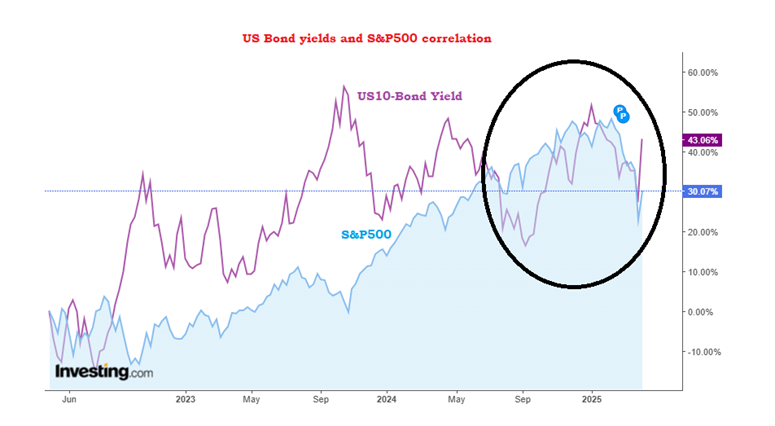Fed cuts 5bps, ends QT, clouds December cut
The Federal Open Market Committee (FOMC) of the US Federal Reserve lowered its benchmark overnight borrowing rate by 25bps to 3.75%-4%. The decision was taken by 10-2 vote, with one member voting for a 50bps cut and another voting against the cut. The Fed also announced that it would terminate the current process of the reduction of its asset purchases (quantitative tightening or QT) on 1 st December 2025. The Fed chairman, Jerome Powell, however, cautioned the market against expectations that the December rate cut was a “foregone conclusion,” saying that it is “far from it.” He cited that there is a “a growing chorus” among the Fed officials to “at least wait a cycle” before cutting again. Notably, after the September FOMC meeting, the Fed officials had indicated the probability of three cuts, including the one in December. Job risks prompt the cut, tariff inflation seen as one=time increase The FOMC decision to cut rate was primarily driven by the cooling job market. T...



